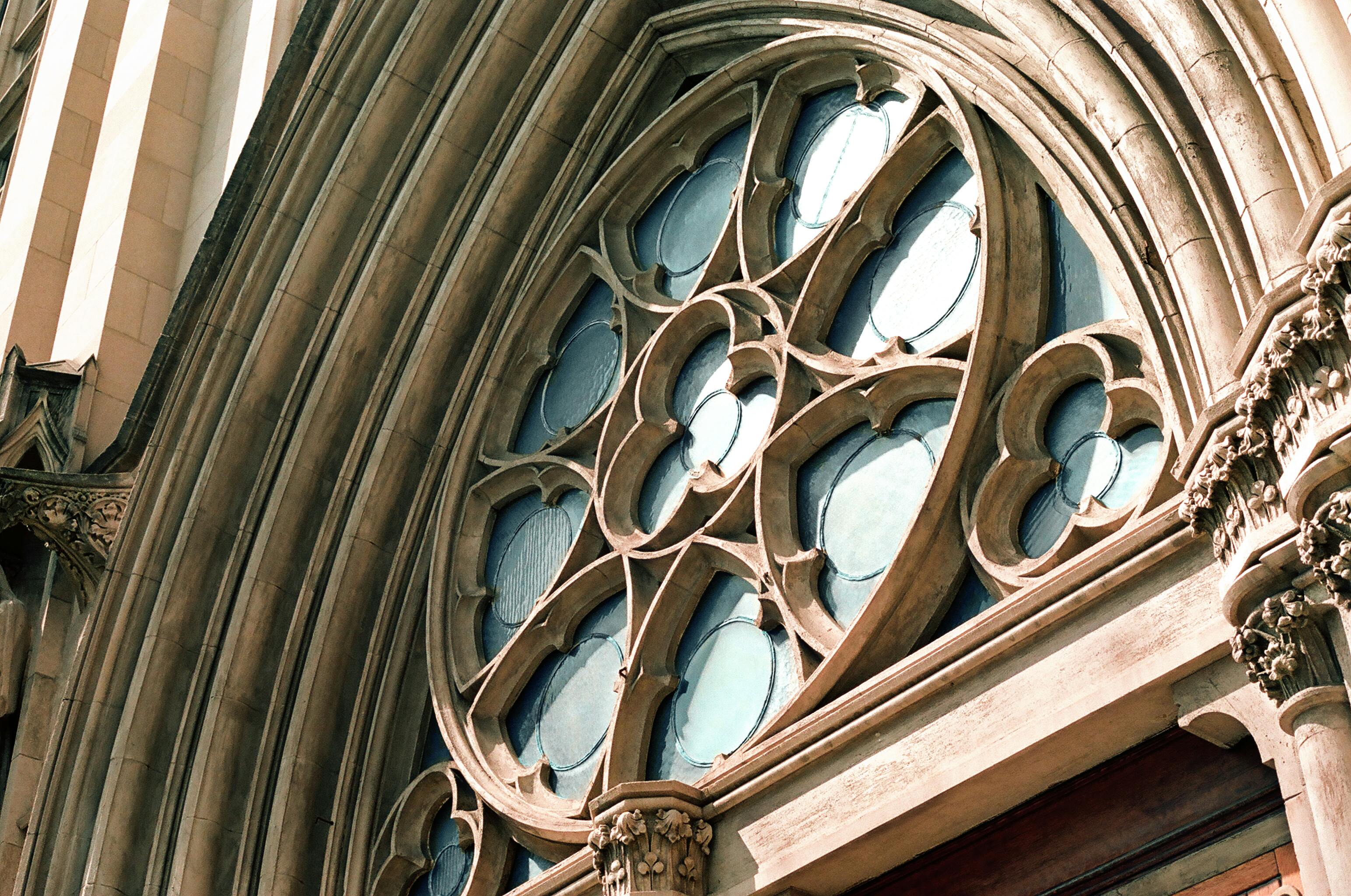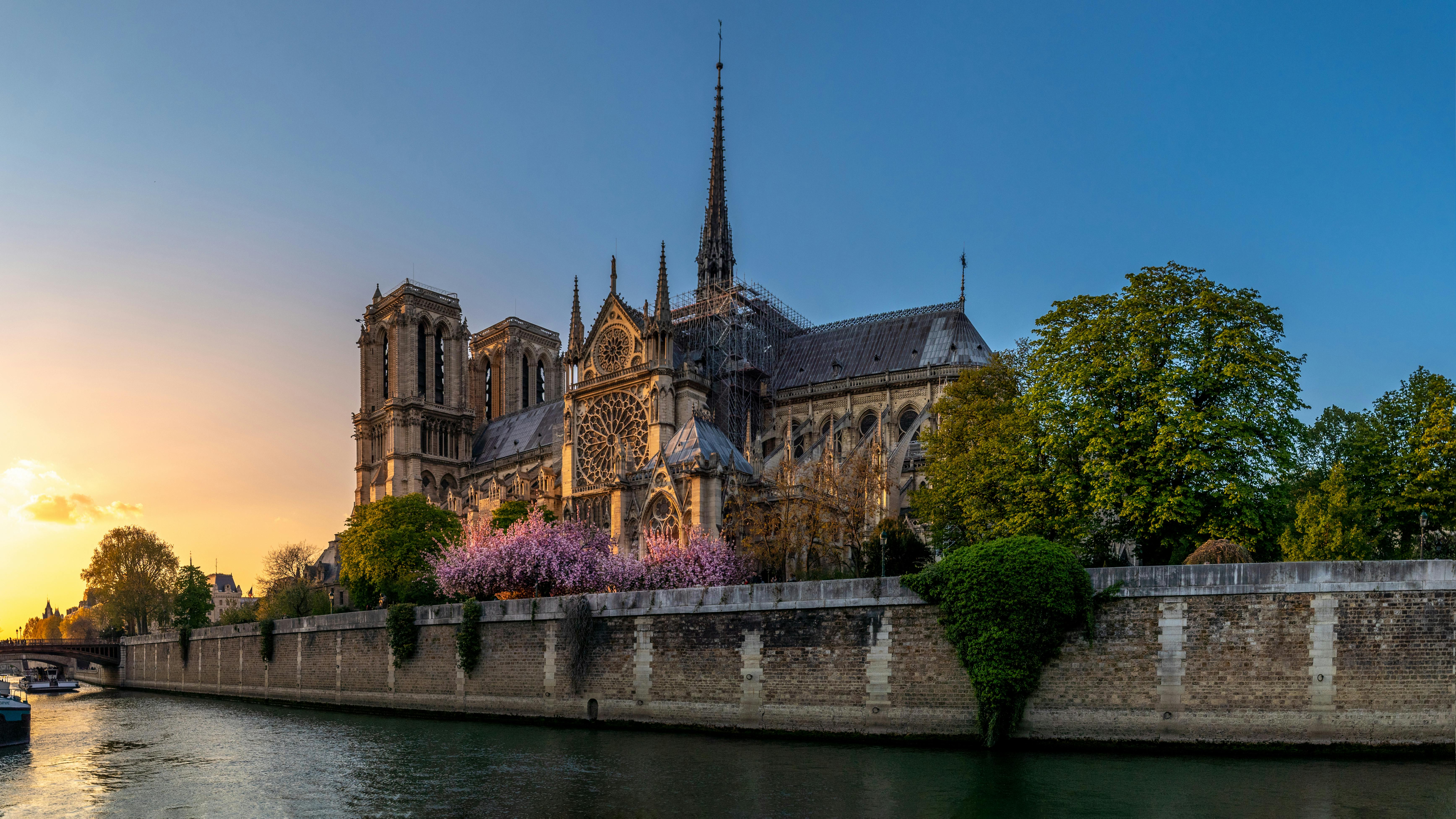travertine in nature
Noted as a beautiful material used to grace homes, businesses and even civic buildings, travertine offers a design quality that exudes a “worn” look. Color variations are just the beginning of the story that these wonderfully expressive stones contain many layers.
Where can travertine be found in nature? In a variety of environments. One notable setting in which many have seen this incredible rock is in caves. Stalagmites and stalactites often consist of travertine; the cave walls, ceilings and even floors are made of stone. In fact, many caverns are environments that offer the same conditions under which travertine forms.
How travertine is formed
As mentioned above, one of the reasons travertine is found in caves is because of the atmosphere found in them. Summing up the information to avoid getting too technical, travertine is a kind of limestone. It is formed through a process in which water and organisms interact with limestone. The result is a limestone-like rock with noticeable “voids” or pockets throughout the material.
The voids created in the stone during the forming process result in very creative looking design materials that are used in various locations and projects. However, much of the travertine used in homes and other architectural designs is processed to “improve” or alter its appearance from its natural state.
Raw Natural Travertine Smoothing
As mentioned above, rough travertine has distinctive holes throughout the material that are visually interesting. However, these empty areas of the stone mean that the material may be weak. As a result, travertine is often filled with grout or epoxy. Travertine filler is used to strengthen the stone by filling in the gaps in the material. Thus, the material becomes strong enough for the purposes that might otherwise be too weak for use.
Travertine fillers come in many colors that complement the natural appearance of the rock. In addition, transparent fillers are available. These clear fillers allow you to capture the natural look as the stone is filled to strengthen it.
travertine color variations
Most of the time, when you see travertine ready to buy, it will be in shades of gray, tan, or brown. However, it forms in virtually all colors and some travertine formations even sport a rainbow of colors including:
- Oxide
- orange
- peach
- Yellow
- Purple
However, most of the time you will find travertine tiles in a gray or beige tone.
There you go; some basic facts that contribute to the wonderful nature of the natural stone known as travertine. As we have considered, it is a distinctive rock. The way travertine is formed involves a particular process that produces pockets, or holes, in the stone. In addition, it is filled or processed so that it can comply with the architecture and design for which it is supposed to be used.
If you have the opportunity to use this rustic and intriguing natural stone in your project, don’t pass it off without serious consideration.



